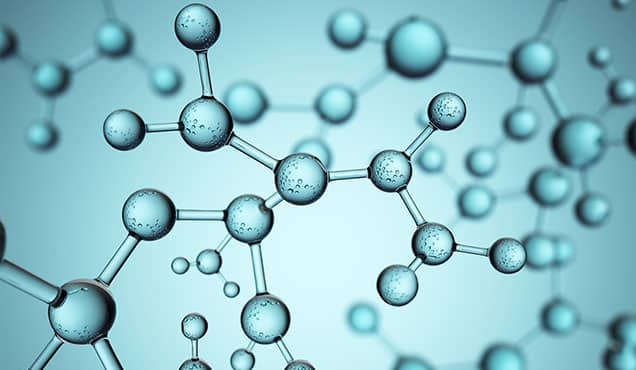Chemistry labs are equipped with a wide range of tools and equipment, each serving a specific purpose. However, when it comes to the most important piece of equipment in a chemistry lab, there is no doubt that it is the fume hood.
A fume hood is a ventilation system that is designed to protect chemists from hazardous fumes and vapors that are generated during experiments. It works by drawing air from the laboratory and expelling it outside, thus preventing the accumulation of toxic substances in the lab.
Apart from protecting the chemist, a fume hood also protects the experiment. It ensures that the experiment is conducted in a controlled environment, free from any external contaminants that may affect the results.
However, not all fume hoods are created equal. There are different types of fume hoods, each with its own unique features and capabilities. For instance, a ductless fume hood is ideal for labs that do not have access to an external ventilation system, while a perchloric acid fume hood is designed specifically for experiments involving perchloric acid.
In addition to the fume hood, other important equipment in a chemistry lab includes:
- Safety goggles and lab coats: These protect the chemist from chemical splashes and spills.
- Bunsen burner: This is used to heat substances during experiments.
- Graduated cylinders and beakers: These are used to measure and mix liquids.
- Pipettes and burettes: These are used to measure small volumes of liquids accurately.
- Balance: This is used to measure the mass of substances.
- Microscope: This is used to observe and analyze small samples.
In conclusion, while there are many important pieces of equipment in a chemistry lab, the fume hood is undoubtedly the most crucial. It protects the chemist and the experiment from hazardous fumes and vapors, ensuring that experiments are conducted in a safe and controlled environment.


